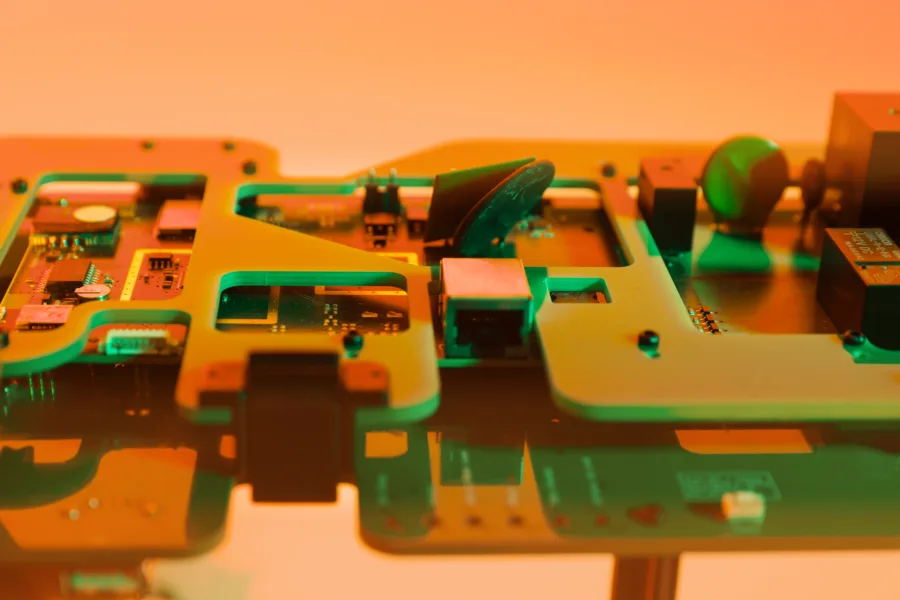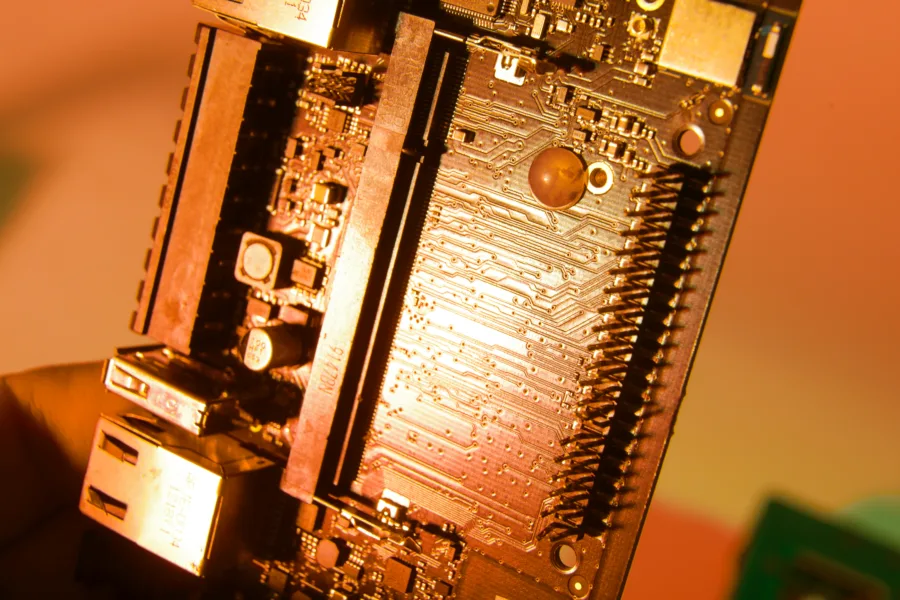Embedded software plays a critical role in the functionality and safety of medical devices. In this quick guide, we will explore the key aspects we believe are critical in embedded software development for medical devices across six chapters: Customized medical device development, Embedded Firmware and System Development, Hardware Adaptability and Design, Testing and Prototyping, Cost-Efficient Production, and Ensuring Regulatory Compliance.
Customized Medical Device Development
Medical device development often begins with a customized approach to address specific healthcare needs. In this phase the following aspects are critical:
- Understanding User Needs: Tailor the device to meet the unique requirements of patients, clinicians, and healthcare facilities.
- Device Versatility: Design devices that can adapt to various clinical settings and patient profiles.
- Data Security: Prioritize data security to safeguard patient information and comply with healthcare regulations.
Embedded Firmware and System Development
Embedded firmware is the heart of many medical devices. There are the following critical aspects of software development to consider in this phase:
- Real-Time Processing: Ensure that the firmware can handle real-time data processing, which is often vital in healthcare.
- Software Reliability: Develop firmware that is highly reliable to avoid system failures in critical medical situations.
- Scalability: Create software architectures that can be easily scaled to accommodate future upgrades and expansions.
Hardware Adaptability and Design
The hardware of a medical device must be adaptable and well-designed to accommodate software requirements. It is critical to consider the following aspects when designing hardware:
- Custom Hardware: Develop or select hardware components that align with the software’s requirements and constraints.
- Energy Efficiency: Optimize hardware to maximize energy efficiency, extending the device’s battery life and reducing the need for frequent charging.
- Interconnectivity: Ensure that the hardware can efficiently connect with other devices and medical systems, fostering seamless data exchange.
Testing and Prototyping
Thorough testing and prototyping are essential for ensuring the safety and effectiveness of embedded software in medical devices:
- Validation Testing: Rigorously test the software to validate its performance under various conditions, including worst-case scenarios.
- Prototyping: Create physical prototypes to assess the device’s user-friendliness and functionality in a real-world setting.
- User Feedback: Gather feedback from clinicians, patients, and other stakeholders to refine the software based on real-world usage.
Cost-Efficient Production
We believe cost-effective production is vital for making medical devices accessible to a broader population. The key strategies for efficient production include the following aspects:
- Design for Manufacturability: Design devices with ease of production in mind, minimizing complexities and reducing manufacturing costs.
- Supplier Relationships: Cultivate strong relationships with suppliers to secure favorable terms and ensure a smooth production process.
- Quality Control: Implement stringent quality control measures to minimize defects and reduce the cost of rework or recalls.
Ensuring Regulatory Compliance
Medical devices must meet stringent regulatory standards to ensure safety and efficacy. Here the following aspects need to be considered:
- Regulatory Roadmap: Understand the regulatory requirements applicable to your medical device, such as FDA regulations in the United States or CE marking in Europe.
- Documentation and Record Keeping: Maintain comprehensive records of the development process and all related documentation to support regulatory submissions.
- Risk Management: Implement a robust risk management process to identify, assess, and mitigate potential risks associated with your device.
Summary
In summary, embedded software development for medical devices is a multifaceted process that requires careful consideration of customized device development, embedded firmware, hardware design, testing and prototyping, cost-effective production, and regulatory compliance. By following this guide and focusing on these key areas, developers can create medical devices that not only meet the unique needs of patients and healthcare providers but also comply with regulatory standards, ensuring safety, efficacy, and accessibility in the healthcare sector. Embedded software plays a pivotal role in modern healthcare, and its development must be approached with the utmost care and attention to detail.
Working with us our partners can benefit from our end-to-end medical device product development and engineering services and navigate through all the aspects of successful embedded software development.
Accelerate your product development journey and partner with us to bring your innovative ideas to life.
Contact Petri Virta CTO Dream Devices for more information.





